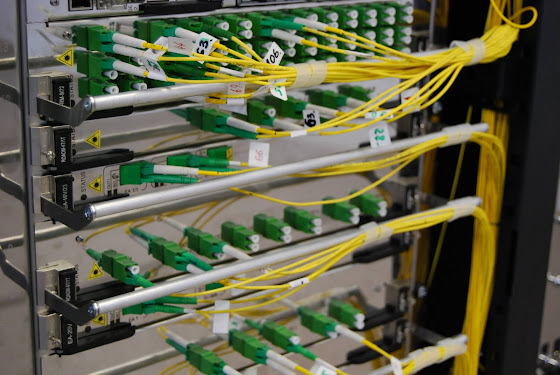The Major Components of a Structured Data Cabling System
There's quite a bit of buzz concerning structured data cabling these days, but not many details on exactly what comprises a structured data cabling system. This type of system is usually discovered in business structures or schools (teams of industrial structures) and has a variety of smaller sized, standard parts, or subsystems. The cabling from the outdoors gets in via the primary telecommunications room called, among other points, a demarcation point, which connects to various other telecoms rooms throughout the building. Each of these rooms is attached to the major space with a riser cord. Expanding from each of the telecommunications spaces is straight cabling, which attaches to workstations.
Telecom Rooms Are Crucial Components of Structured Data Cabling Solutions
Most organizations are linked to the phone company and their internet supplier by way of a big, multi-pair cord that is brought into the demarcation factor. The separation factor is generally referred to as the entrance center because it is where the supply wire gets in the structure. This area may or might not house shelves of interactions equipment, but will certainly generally get on an outdoors wall, given that the wire originating from the outside is water-proofed using a very flammable oil jelly, recognized to lots of installers as icky-pick. A lot of building codes allow an optimum of 25 feet of "outdoors plant" cable television in a structure because of the fire threat. Various other areas are known as intermediate storage rooms as well as house the devices that keep the company's networks running: switches, centers, routers, and spot panels.
Linking Closets in Structured Data Cabling
As stated, the majority of buildings have more than one telecommunications closet. These closets are adjoined by cabling referred to as a riser or upright cabling. This name is originated from the fact that most interaction rooms on separate floors are piled. TRs on the very same floor is also attached by riser cable television, although those cables do not move in between floors.
Workspace Elements Have Differed Makes Use Of
Any place that a network wire is terminated is considered a workplace. Anything that is connected to the network is hence taken into consideration a workplace component. These will consist of network electrical outlets, patch cables, and also devices such as computer systems, telephones, printers, and facsimile machines. This means that anything from a printer carrel, conference room, to an individual's work area is thought about a work station.
Straight Cabling Attaches Everyone to Wardrobes
All those workspace parts explained above would be pretty useless without some way to connect them to the network as well as the telecoms rooms. This is where straight cabling can be found in. This is the cabling that connects workstations to the network using those patch panels, routers, and also switches over found in the telecoms areas.
Installment of this data cabling is regulated by a variety of requirements, the most vital being the EIA/TIA 568-B standard. This basic specifies that each permanent link (the cable television run from patch panel to network device) might not surpass 90 meters in size. The maximum force utilized during the installment of the cable television is also defined (about 20 foot-pounds per cable television). Various other points that are stated in the requirements are such things as appropriate techniques of suspending cord runs. The 568 standards are additionally broken down right into numerous categories that concern the maximum speed that the cable plant is certified to work at.
With 25 years of experience in creating structured cabling project expenses for our customers, Wayne Connors & ACCL supply you with a cost-free job expense estimator download. Combined with our Technical Proposition tender file for Data Cabling installment e-books- you can save thousands! All facets of your next tender proposition are included.
Visit Cabledan, if you need telecommunications services.
Learn more about them here.


Comments
Post a Comment